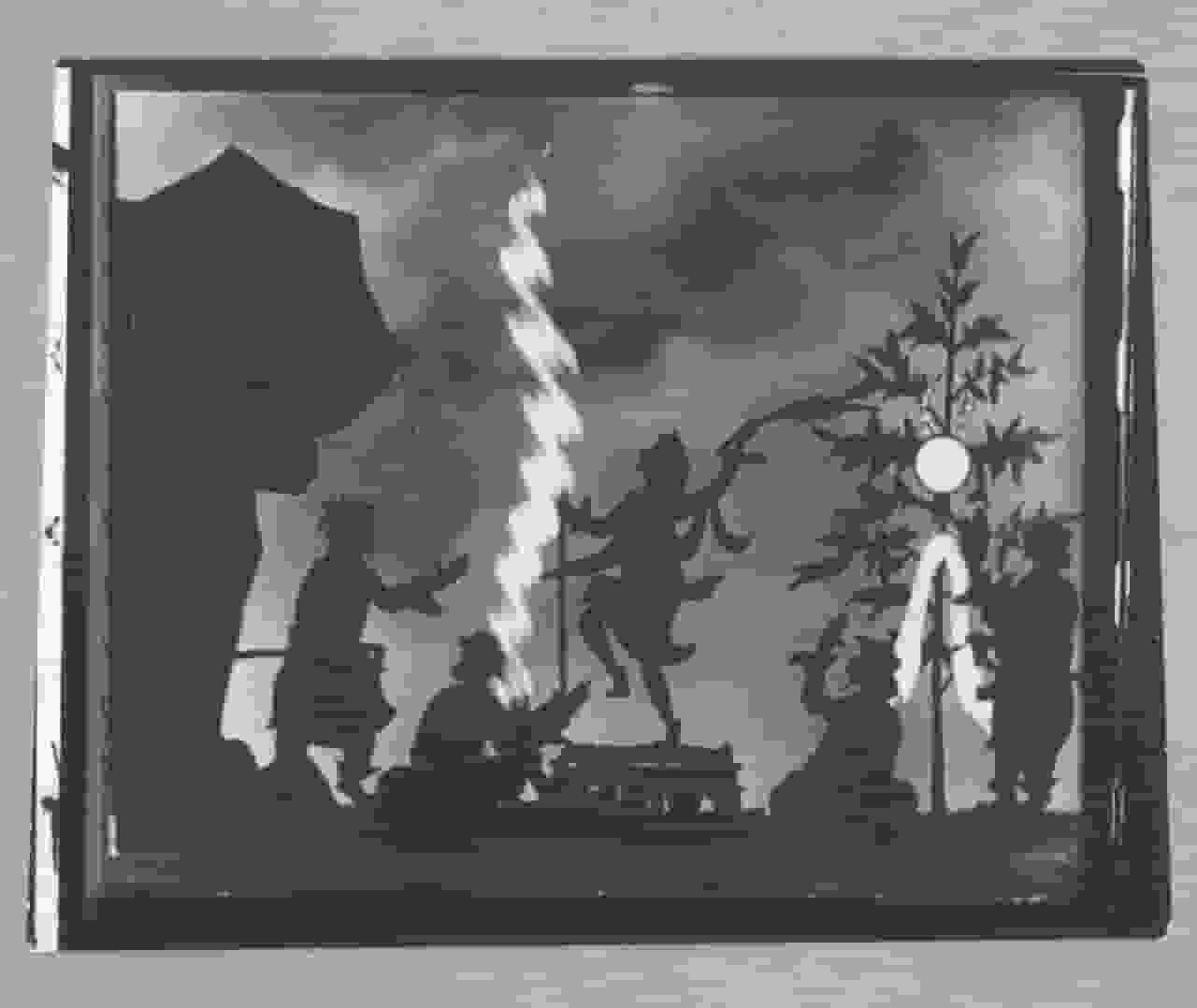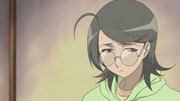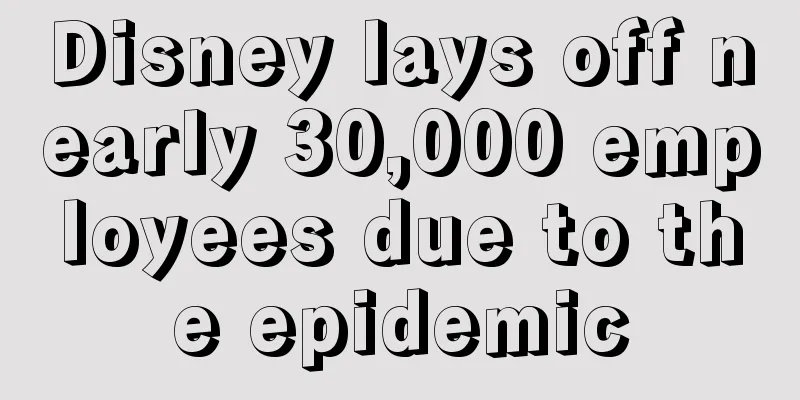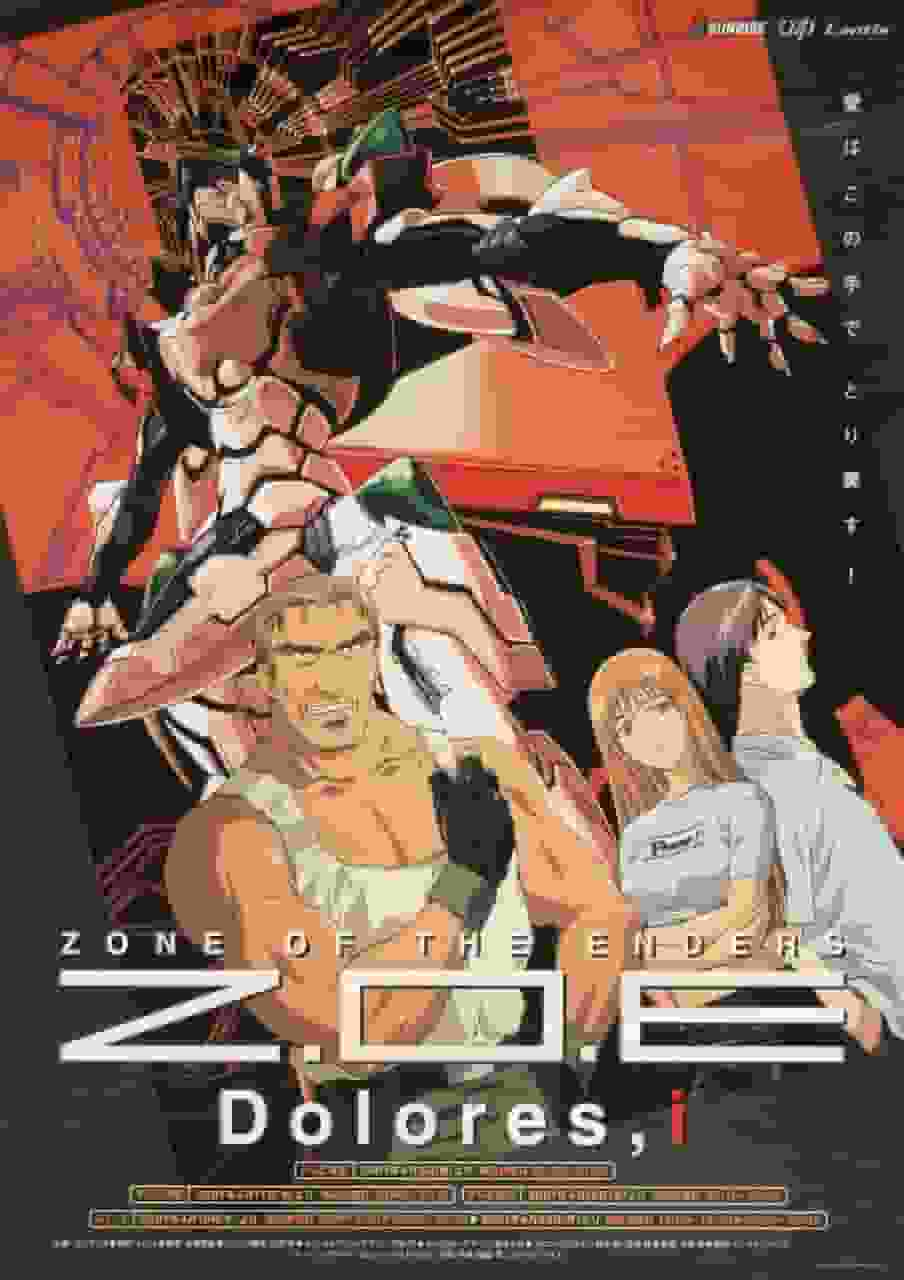The appeal and evaluation of "Kojikisho: The Opening of the Heavenly Rock Door": The depth of anime depicting the world of mythology

Kojiki Excerpt: The Opening of the Heavenly Rock Door - Kojikisho Amanoiwatobirakinomaki■ Public Mediatheater ■ Original MediaTraditional literature ■ Release dateJuly 1, 1955 - January 1, 0000 ■Frequencies11 mins ■ Number of EpisodesEpisode 1 ■ DirectorNobuo Ofuji ■ ProductionOfuji Productions [Works], Shinto Shrine Headquarters Chiyogami Film Company (History of Japanese Animation Films, p. 246) ■ Story A myth from the Kojiki depicted in shadow puppets. The gods Izanagi and Izanami appear and churn the sea with a broom, creating the eighth province (Ooyashima) from Onokoro to Honshu. The three gods Amaterasu, Yomi, and Susanoo are also born. The countries that the three gods will rule are decided, but Susanoo, dissatisfied with the way the sea is ruled, commits acts of violence in Takamagahara, forcing his sister Amaterasu to hide in a cave. Thanks to the chorus of the gods and the dance of Uzume, Amaterasu finally opens the cave. Susanoo, who has a change of heart, is encouraged by Amaterasu and sets off for his next post. ■ Main staff・Planning/Mitsumasa Shomoto ・Script/Yoneo Okada ・Composition/Sokyo Ono (Kokugakuin University, H.E.) Review and Recommendation"Kojiki Sho: Ama no Iwato Hiraki", released in 1955, is a short animated film that uses shadow puppets to depict the myths of the Kojiki. This work gives viewers deep emotion and understanding by visually expressing traditional Japanese mythology. Below, we will provide a detailed review and recommendation of this work. The appeal of the storyThe Kojiki Sho: Ama no Iwato Hiraki no Maki begins with the gods Izanagi and Izanami churning the ocean to create the Japanese archipelago. This mythical creation story gives the viewer a sense of the origins of Japan and its sacredness. The subsequent scenes in which the three gods Amaterasu, Yomi, and Susanoo are born and their roles are determined emphasize the power and responsibility of the gods. Particularly striking is Susanoo's complaint and subsequent actions. Dissatisfied with the governance of the sea country, Susanoo commits violence at Takamagahara, forcing Amaterasu to hide in a cave, which heightens the tension and drama of the myth. The scene in which Amaterasu opens the cave with the chorus of the gods and Uzume's dance is extremely beautiful both visually and audibly, and deeply moves the viewer. The ending, in which a reformed Susanoo departs for his next posting with encouragement from Amaterasu, conveys a message of hope and reconciliation. Visuals and MusicThe visuals of this work are created using the traditional technique of shadow art, and are striking in their beauty and unique atmosphere. Director Ofuji Nobuo's drawings, direction, and photography realistically recreate the world of mythology, drawing the viewer in. The work of Nakajima Yoshimi and Ofuji Yoshie, who were in charge of the backgrounds, is also superb, richly depicting the mythical setting. Musically, the work is supported by the composition of Kosaburo Hirai and performances by Aohiro Usuda, Ensemble Zephyr, and Kyoyukai Chorus. The music, especially in the scenes of the chorus of the gods and Uzume's dance, leaves a strong impression on the viewer, combined with the visual beauty. The technique of Meguro Studio, which was in charge of recording, was also highly praised, and the performances of the voice actors from Gekidan Fuji also enhance the appeal of the work. Historical background and significance"Kojiki Sho: Ama no Iwato Hiraki" was released in 1955, and considering the historical context, it was produced as a film to soothe the hearts of the Japanese people as they reevaluated traditional culture and mythology in postwar Japan. The fact that the Association of Shinto Shrines and Chiyogami Eigasha were involved in the production also shows that this film plays an important role in respecting Japanese traditions and culture and passing them on to future generations. This work also uses the traditional Japanese technique of shadow art, making it highly worthy of being considered a visual art. Shadow art is one of Japan's traditional performing arts, and its beauty and unique atmosphere deeply move viewers. This work maximizes the potential of shadow art, realistically recreating the world of mythology. Recommendation"Kojiki Sho: Ama no Iwato Hiraki" is highly recommended for viewers who wish to appreciate the beauty of Japanese mythology and traditional shadow art. This work is extremely beautiful both visually and audibly, and recreates the world of mythology in a very realistic way. It is a must-see, especially for those who are interested in traditional Japanese culture and mythology. It is also a very effective educational tool for teaching Japanese mythology to children. Furthermore, this work is also of great historical significance as it played a part in Japan's postwar cultural revival. It plays an important role in reevaluating Japanese traditions and culture and passing them on to future generations. Through this work, viewers will be able to gain a deeper understanding of and be moved by the beauty of Japanese mythology and traditional shadow puppetry. Supplementary InformationThis is a short animated film released in 1955, depicting a Japanese myth in a short 11-minute run. Director Ofuji Nobuo, who was in charge of drawing, directing, and photography, is highly praised for his technical skill and artistry. Nakajima Yoshimi and Ofuji Yoshie, who were in charge of backgrounds, also did a wonderful job, richly depicting the setting of the myth. Musically, the work is supported by the composition of Kosaburo Hirai and performances by Aohiro Usuda, Ensemble Zephyr, and Kyoyukai Chorus. The music, especially in the scenes of the chorus of the gods and Uzume's dance, leaves a strong impression on the viewer, combined with the visual beauty. The technique of Meguro Studio, which was in charge of recording, was also highly praised, and the performances of the voice actors from Gekidan Fuji also enhance the appeal of the work. "Kojiki Sho: The Opening of the Heavenly Rock Door" uses the traditional Japanese technique of shadow art, and is remarkable for its beauty and unique atmosphere. This work is highly recommended for viewers who wish to appreciate the beauty of Japanese mythology and traditional shadow art. It is also a work that played a part in Japan's postwar cultural revival, and has great historical significance. Viewers will be able to gain a deeper understanding of the beauty of Japanese mythology and traditional shadow art through this work, and be deeply moved by it. |
<<: The appeal and reviews of "Ukare Violin": The unmissable world of music anime
>>: Tora-chan's Adventure: A deep look into the fascinating story and characters
Recommend
Thor talks about the prequel to Mad Max: finally getting rid of the superhero rules
Chris Hemsworth says he was able to throw out the...
British actress Emily Blunt may join Nolan's new film "Oppenheimer"
Emily Blunt is in talks to join Christopher Nolan...
New trailer for the classic show "True Horror Stories" movie version will be released on January 22
Japan's classic supernatural horror TV show &...
The Demonic Sword Master of the Holy Sword Academy: A deep review of the fascinating story and characters
"The Demon Sword Master of the Holy Sword Ac...
"I'm a Big Stone": Digging deeper into the classic Minna no Uta song
"I am a big rock" - Looking back on the...
Sunrise's classic sci-fi animation "Cowboy Bebop" 20th anniversary limited edition watch launched
Sunrise, famous for producing the "Gundam&qu...
Awesome! Foreign media revealed that Dragon Mother will join Marvel's new drama "Secret Invasion"
According to Deadline, Emilia Clarke is in talks ...
Theatrical animation "Magical Girl Illya: Unknown Girl" official trailer: released on August 27
At present, the official trailer of the theatrica...
The latest stills of the live-action movie "Rurouni Kenshin: The Final Chapter" reveal the appearance of Kamiya Dojo
The two chapters of the live-action movie "R...
Residents of the Fast and Furious filming site protest against the movie for promoting illegal racing activities
According to Deadline, local residents in Angelin...
The process of creating the script of "Saw 10": Prioritizing the timeline
The first Saw film was essentially a self-contain...
A thorough review of Sanrio World Masterpiece Theater's "Kero Kero Keroppi's Aladdin" and "Hello Kitty's Little Match Girl"!
Sanrio World Masterpiece Theater Kerokerokeroppi&...
Hyoutan: A review that focuses on the unique story and charm of the characters
"Hyotan": An animated film depicting th...
"Monster Hunter" live-action movie first released preview Mira and Tony Jaa appeared
At the Shanghai International Film Festival, Tenc...
CCTV Animation sued for copyright infringement of the cartoon Big Head Son and was awarded 280,000 yuan
In the field of domestic animation, "Big Hea...









